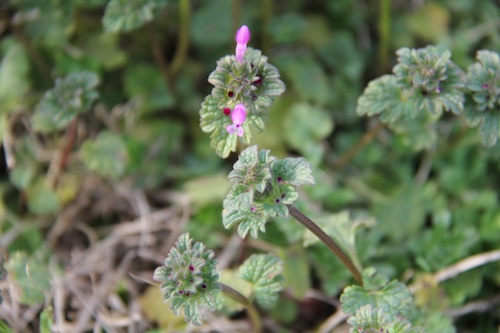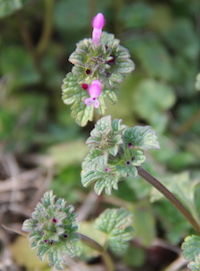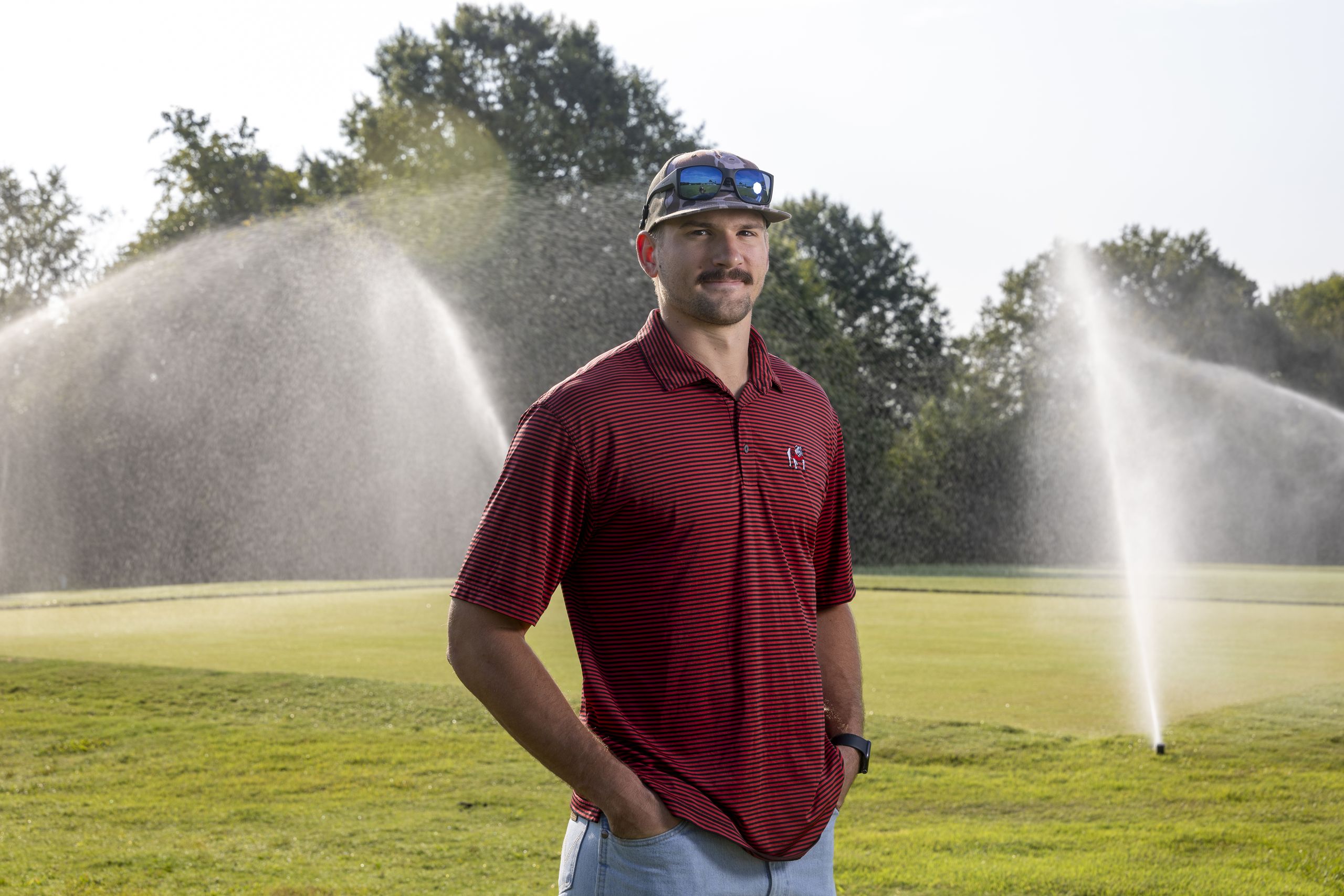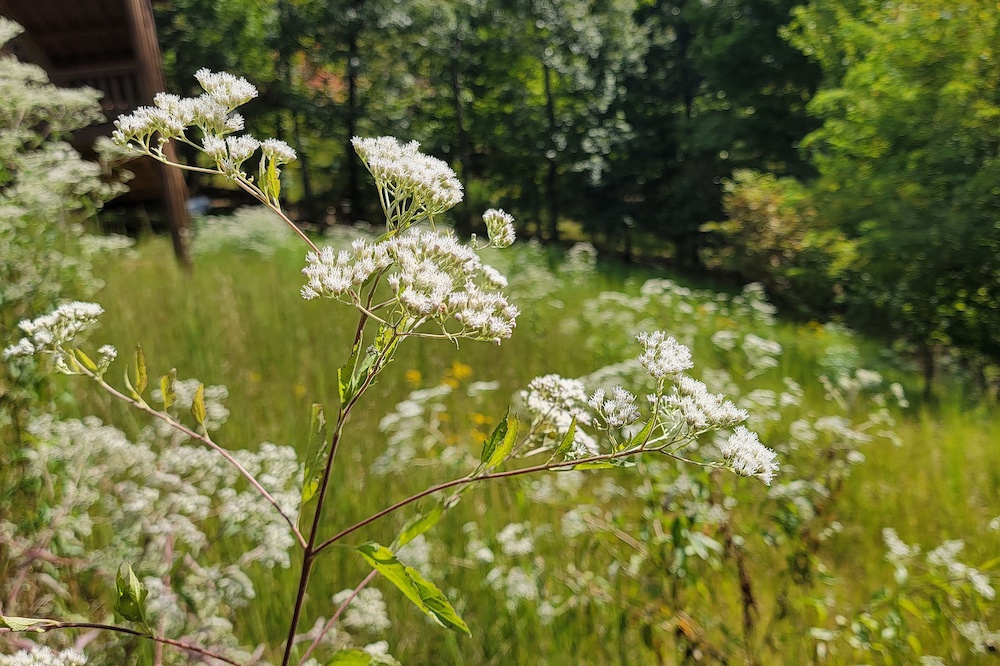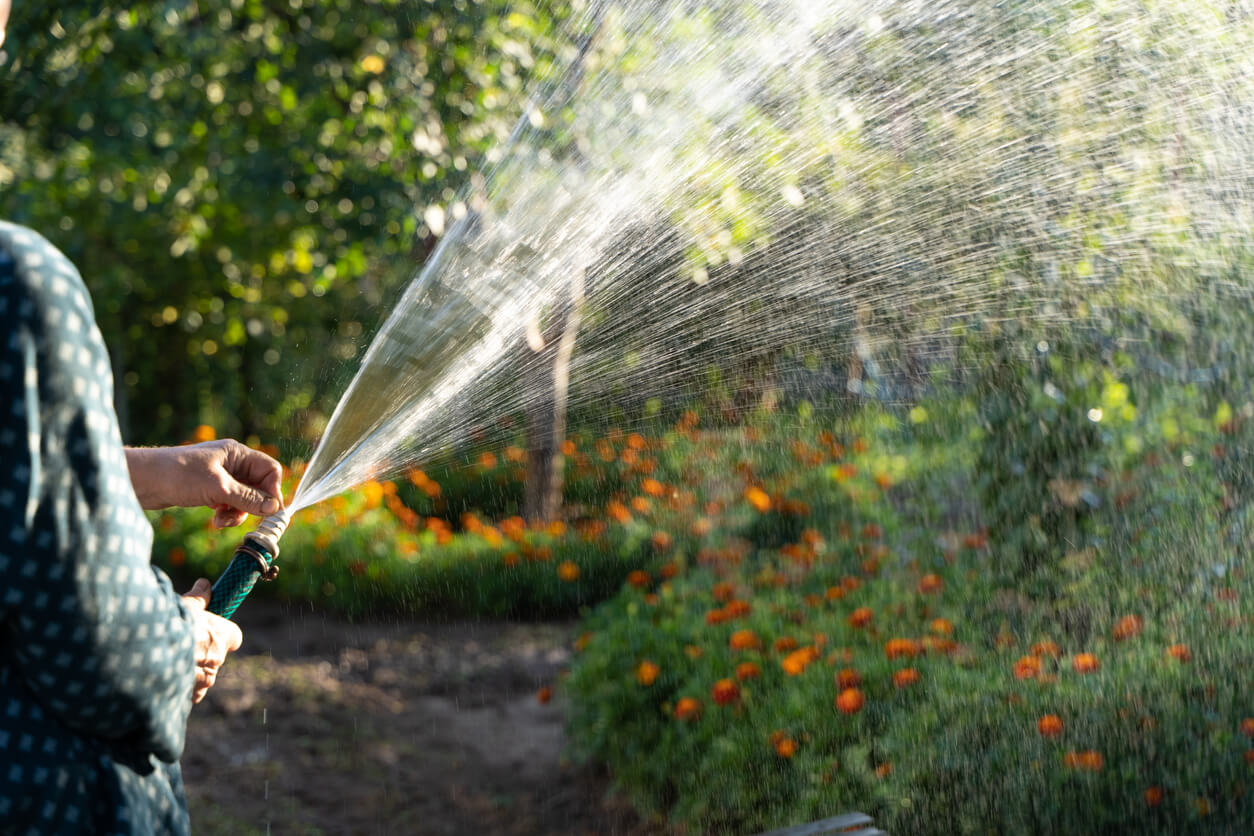The unusually mild winter has folks itching to get outside. Gardeners want to know if it’s too early or too late to prune, fertilize, plant, aerate lawns or apply pre-emergent herbicides.
Remember, the best time to plant new trees and shrubs is in the fall or early winter. If you plant trees or shrubs in the springtime, it’s generally a good idea to start with smaller plants that are quicker to establish and easier to keep watered through the first summer, especially if Georgia has another drought.
As far as pruning goes, the ideal time to prune fruit trees, landscape trees and shrubs is in late winter prior to bud break. However, most trees started breaking dormancy very early this winter. It’s perfectly fine to prune plants after bud break – you won’t kill your plants. Just realize that plants that produce flowers or fruit in the springtime are likely to have more buds knocked off during the pruning process the later you wait to prune. For fruit trees, this could be an effective way to thin flowers and reduce the fruit load. For spring-flowering plants, such as camellias and azaleas, pruning is generally recommended after they flower, which could be as late as May or June.
Entering springtime, plants will begin to grow very rapidly, which allows them to seal off pruning wounds more quickly. This is a good thing. They also have the ability to produce more sap in the springtime and may appear to be “bleeding” more excessively if pruned later. This sap is just water and will not compromise the plant’s health.
Springtime pruning also allows you to remove any frost damage to new growth that came out too early. After a mild winter, this could be an advantage since there is sure to be another frost before spring.
It’s still too early to fertilize trees, shrubs and dormant lawns, like bermudagrass. Soil temperatures affect the ability of plants to take up nutrients. Ideally, soil temperatures should be averaging around 65 degrees Fahrenheit for fertilizers to be used efficiently. Apply fertilizer too early and most of the nitrogen will be lost to leaching and runoff from rainfall before the plants can take it up – this wastes time, money and fertilizer. Too much nitrogen now could induce a more rapid break in dormancy and make plants less hardy if there is a late freeze.
A great time to fertilize and to add limestone to lawns is immediately after aeration, which allows the nutrients to go down deeper into the root zone. Lawn aeration reinvigorates lawns that are recovering from drought and compacted soil. However, this practice is only recommended for actively growing lawns. For fescue and other cool-season grasses, the ideal time for aeration would be spring (March) or fall (October). For bermudagrass and other warm-season grasses that go dormant, wait until after they fully green up (usually around May) before you core aerate.
Pre-emergent herbicides should be applied to lawns before annual weeds start to germinate. For crabgrass and other summer annual weeds, germination starts when soil temperatures reach 55 F.
Most winter weeds will start to set flowers and go to seed very soon. Control these weeds now before they set seed or you will have even more weeds next year. Use selective herbicides labeled for your lawn type or those that are safe to use around landscape plants. Read and follow all labeled application rates and safety precautions. If you have spring fever, submit a soil sample to test your lawn or garden. If you haven’t done a soil test in a few years, this is a great time to see how much fertilizer or limestone the soil needs for a successful lawn or garden in the coming year.
For more information, see the University of Georgia Cooperative Extension publication “Care of Ornamental Plants in the Landscape” (Bulletin 1065) available at extension.uga.edu/publications. Get accurate temperatures for your area through the University of Georgia’s weather network at www.georgiaweather.net.

